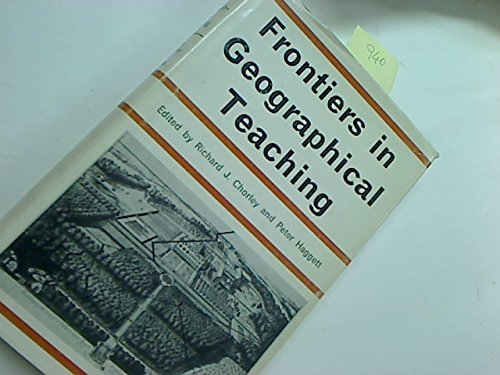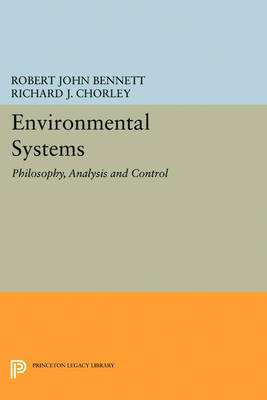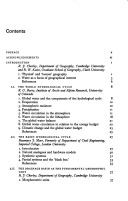University Paperbacks
6 total works
Here is an indispensable text and reference book for anyone interested in a systems approach to environmental studies. It will be useful not only to geographers but also to ecologists and other environmental scientists; planners; economists and other social scientists; philosophers; and applied mathematicians.
Bennett and Chorley's book has a number of broad aims: first, to employ the systems approach to provide an interdisciplinary focus on environmental structures and techniques; second, to use this approach to aid in developing the interfacing of social and economic theory with physical and biological theory; and third, to investigate the implications of this interfacing for human response to current environmental dilemmas, and hence to expose the technological and social bases of values which underlie our use of natural resources.
Interpreting the "environment" so as to embrace physical, biological, man-made, social, and economic reality, the authors show that the systems approach provides a powerful vehicle for the statement of environmental situations of ever-growing temporal and spatial magnitude, and for reducing the areas of uncertainty in our increasingly complex decision making arenas.
Originally published in 1979.
The Princeton Legacy Library uses the latest print-on-demand technology to again make available previously out-of-print books from the distinguished backlist of Princeton University Press. These editions preserve the original texts of these important books while presenting them in durable paperback and hardcover editions. The goal of the Princeton Legacy Library is to vastly increase access to the rich scholarly heritage found in the thousands of books published by Princeton University Press since its founding in 1905.
UP 208



